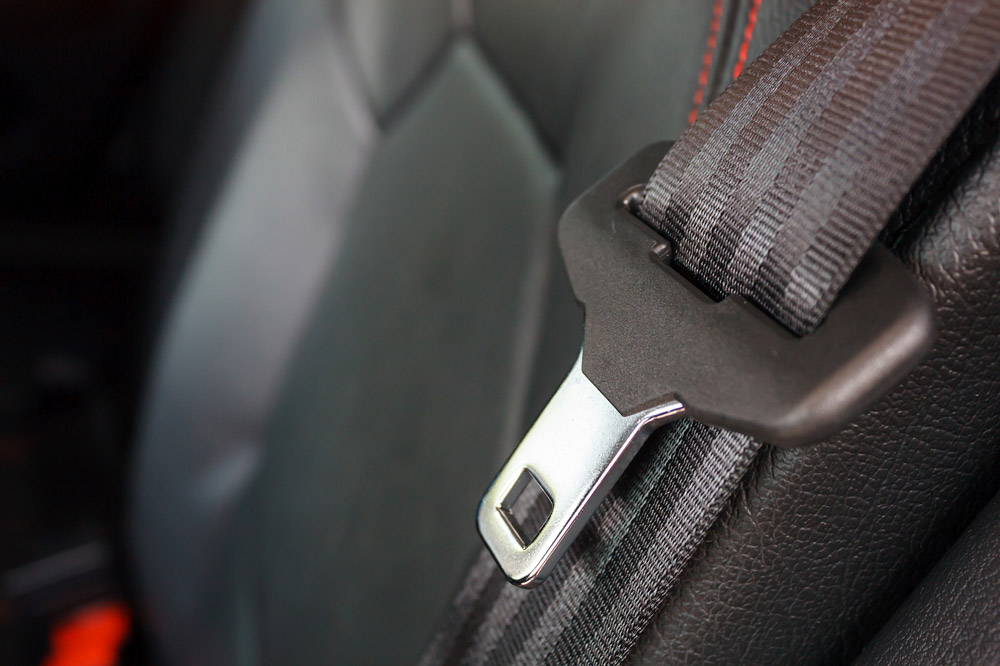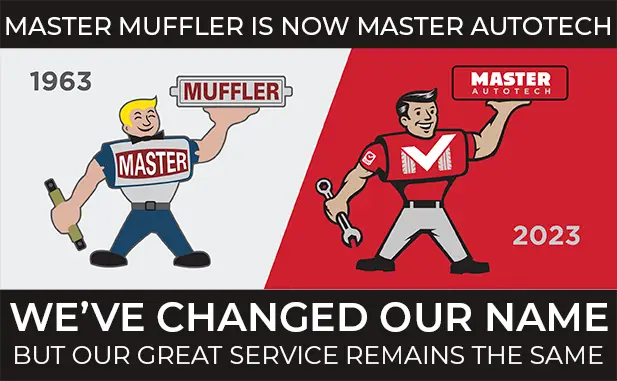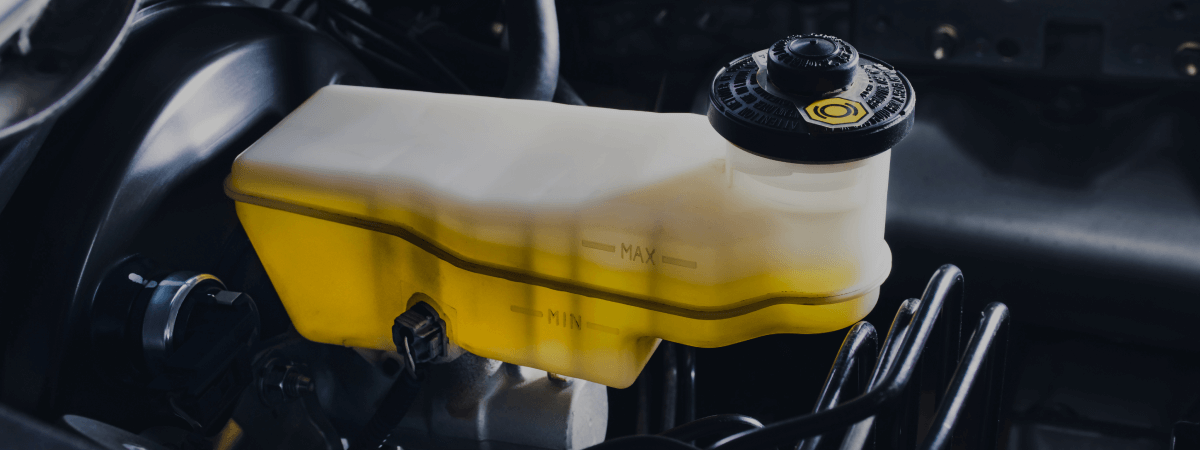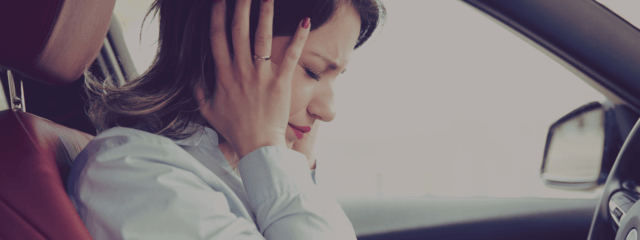
Time Standing Still
To experience a car accident is a bit like experiencing life slowed down. If you remain lucid without a traumatic brain injury, you become very aware of your physical sensations and will fight to keep calm (because you know in your subconscious that panicking never helps anything). It is undoubtedly a scary time.
What you might not think about until you have some separation from the incident, a few hours or days afterwards, is how the car itself protected you at the time of the incident. It might be hard to look at the vehicle as it is being towed to the car repair shop and understand exactly how it kept you safe, and yet that is what it is designed to do.
So, let’s take a moment to identify how car manufacturers design their vehicles to protect you before, during, and after a collision.
Designed with Safety in Mind
For car manufacturers, the goal with every new model is to find ways to keep the occupants of the car safe as well as minimize the need for unplanned car repairs. The path to both begins all the way in the planning phase of the car’s design, specifically in terms of which new safety features will be included.
A quick glance at the newest releases for the coming year will reveal how much technology is undergoing widespread innovation and adoption. What started out as a premium upgrade is now becoming standard issue in vehicles going forward. These features include:
- 360° spatial awareness: Cameras installed around the entire chassis let the car know when threats are approaching.
- Blindspot detection: A light flashes on the side mirror, letting the driver know that it’s not safe to merge into a new lane.
- Automatic emergency brakes: The car makes use of split-second timing and a hard stop in order to keep from crashing into whatever crossed in front of it.
- Lane correction: Drifting out of your lane is now corrected automatically by a car that knows which lane it’s in.
- Adaptive cruise control: Engaging cruise control turns on an in-car radar that keeps the car moving at the speed of traffic.
- Forward/back collision warning: An alarm will sound if the car gets too close to another object.
With all of these features engaged at once, the chances of being in an accident go down considerably. While the on-board cameras will help people like the police and the insurance company determine who is at fault for an incident and who will need to pay out for car repairs, the car itself takes precautions to guard against the actions of anyone on the road, including the driver.
At the Point of Impact
Because traffic accidents are often the result of multiple people’s bad luck and poor judgement, the car needs to be able to protect its passengers at the moment of impact as well. This is where the design of the vehicle itself becomes a factor, instead of simply relying on its many special features.
- Crumple zones: Because the structure of the car will collapse during a collision, a lot of design has gone into making sure that the chassis crumples in a controlled manner, so that the passengers aren’t completely crushed. The frame will bend along certain designated points while slowing down the speed of impact.
- Seatbelts: Perhaps the most important safety feature in any vehicle, the seatbelt keeps us harnessed in the cabin, protecting us from bouncing around the interior of the vehicle, sustaining injuries, or being outright ejected through the windshield.
- Airbags: Another way of minimizing the traumatic force of an impact for the passengers, airbags keep us from hitting the steering wheel or the dashboard and fracturing our backs, necks, or faces.
If a car accident does occur and the insurance hasn’t labeled the car a total loss, our team of car repair technicians at the South Ogden Master Muffler can help you get back on the road in no time. Drop by today to speak with one of our mechanics about how your car can become roadworthy once more.
Related Posts
Key Takeaways On average, passenger vehicle tires last 40,000 to 60,000 miles, depending on type, driving habits, and maintenance. Replace tires when tread depth reaches 2/32”, if damaged, or older than 10 years. Regular rotation, alignment, and proper inflation extend tire life. Aggressive driving, poor roads, and harsh weather shorten tire lifespan. Take advantage [...]
When you think about car maintenance, you probably focus on oil changes, tire rotations, and maybe even brake pad replacement. But what about your brake fluid? If you’ve ever wondered, “What does brake fluid do?” or “Why is brake fluid important?”, you’re not alone. Brake fluid might not be the most talked-about part of [...]
Is that high-pitched squeal from your brakes driving you—and everyone else—crazy? Don’t ignore it. Squeaky brakes aren’t just annoying, they’re your car’s way of saying something needs attention. Whether you're cruising through Salt Lake City or winding up Idaho’s mountain passes, here’s what’s likely going on, how you can fix it, and when it [...]





